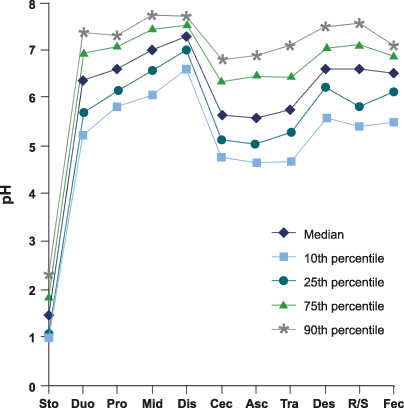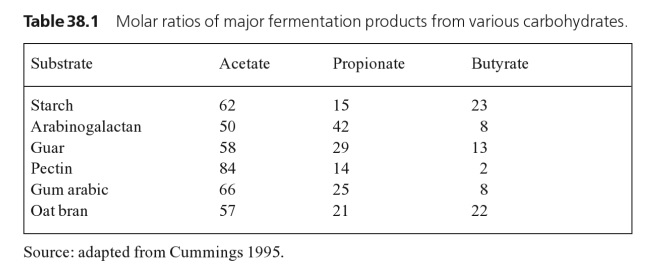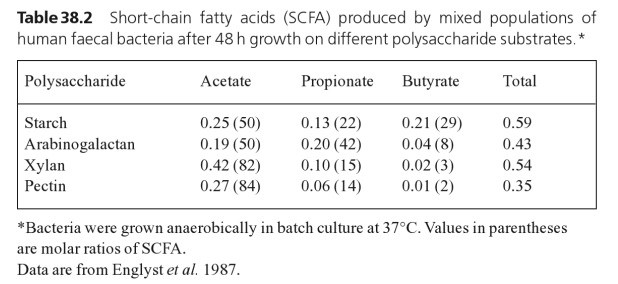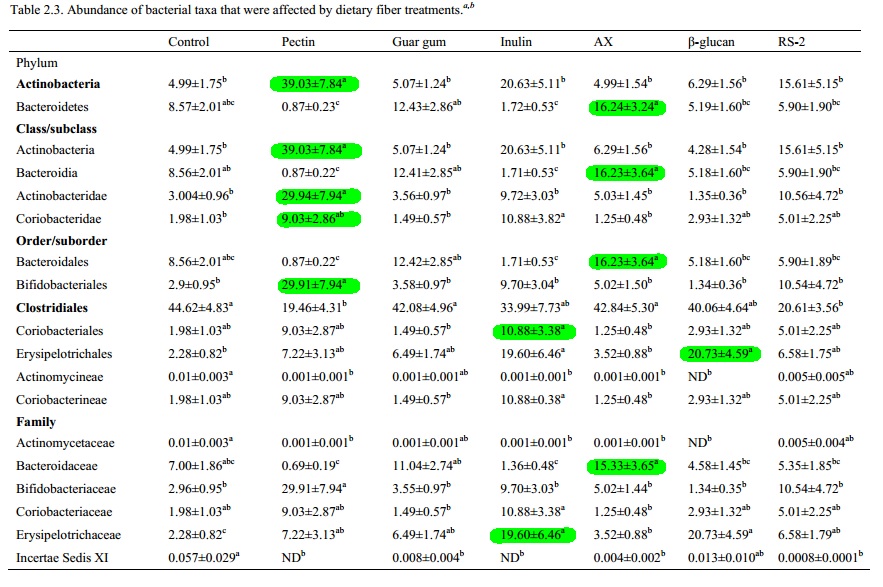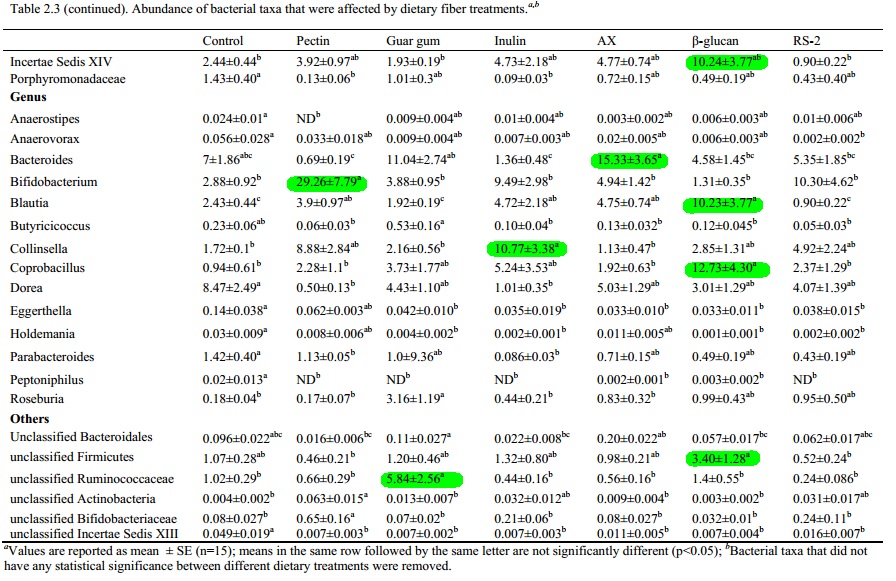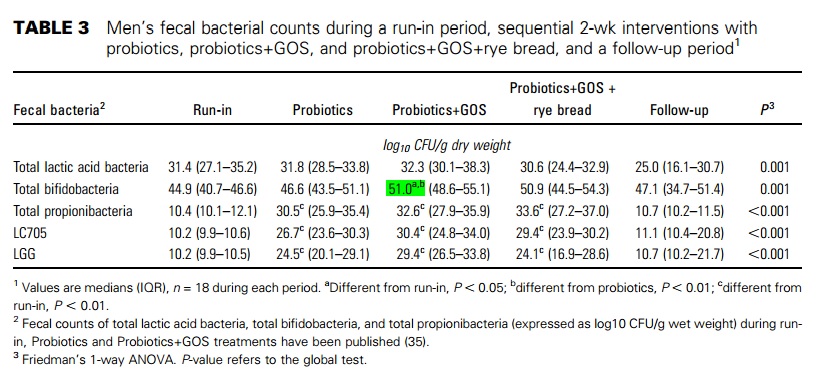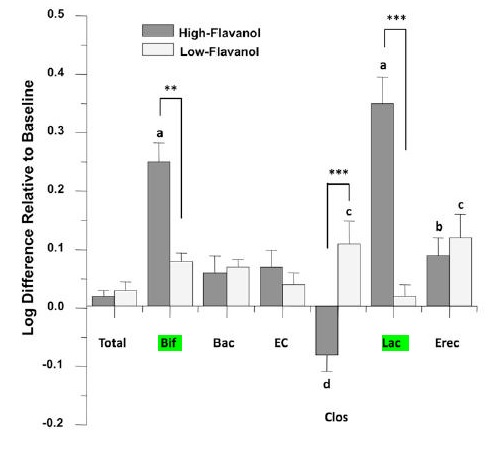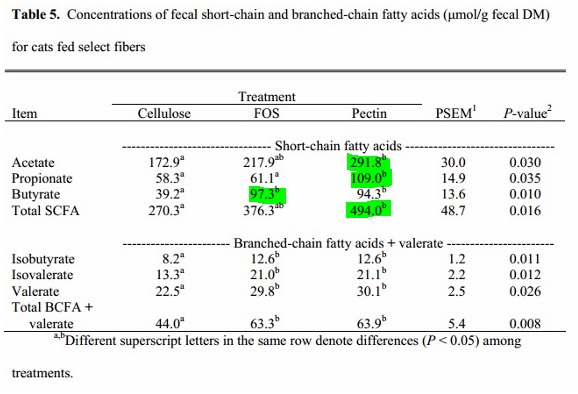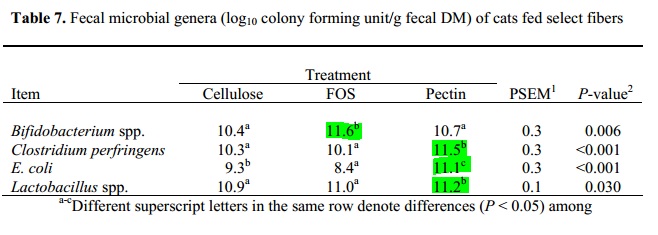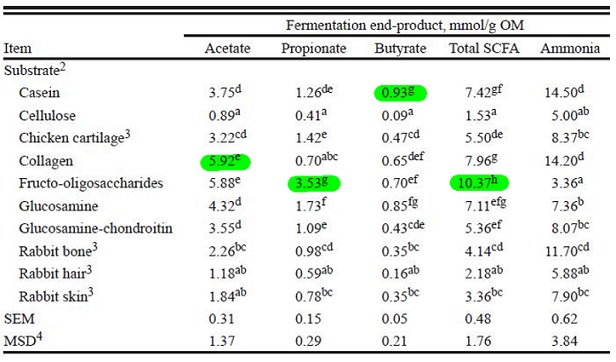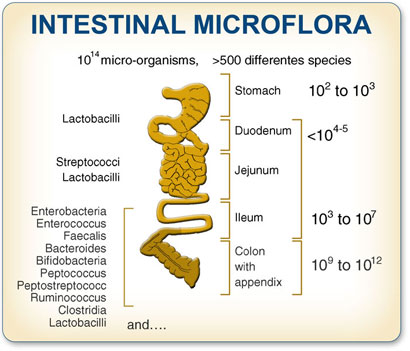Based primarily of my previous two articles How to eliminate Candida & biofilms and Resistant Starch- a concise guide to the biohack of the decade this post will serve as a reference guide expanding the knowledge of what can be done to biohack the gut.
This post is a work in progress. Check back for updates.
SCFA’s
Fatty acids are a primary fuel source for the cells and tissues in your body along side glucose. Fatty acids however tend to have more specialized functions. For example acetic acid (as in the kind from vinegar) is used by the citric acid cycle to create energy in the form of ATP in your body. Your colon cells prefer butyrate. The heart for example is known for it’s ability to produce energy from fatty acids. (source) Lactic acid is an energy fuel source for the brain. Consider the following:
“Although glucose is usually assumed to be the main energy source for living tissues, there are some indications that it is lactate, and not glucose, that is preferentially metabolized by neurons in the brain of several mammalian species (the notable ones being mice, rats, and humans). According to the lactate-shuttle hypothesis, glial cells are responsible for transforming glucose into lactate, and for providing lactate to the neurons.” (wikipedia)
So much is still unknown about what tissues prefer what as an ideal fuel source. While the body can produce fatty acids from glucose or stored fat, bacteria also play an important role supplying energy to the body. They do this by consuming prebiotics and manufacturing fatty acids. If a person does not have the appropriate bacteria and they are not feeding them their favorite foods your energy production will become compromised. The fatty acids produced by the friendly bacteria also add a measure of protection from pathogens by lowering the pH in your GI tract.
Fatty acid chains differ by length, often categorized as short to very long. (Wikipedia)
- Short-chain fatty acids (SCFA) are fatty acids with aliphatic tails of fewer than six carbons (i.e. butyric acid).[4]
- Medium-chain fatty acids (MCFA) are fatty acids with aliphatic tails of 6–12[5] carbons, which can form medium-chain triglycerides.
- Long-chain fatty acids (LCFA) are fatty acids with aliphatic tails 13 to 21 carbons.[6]
- Very long chain fatty acids (VLCFA) are fatty acids with aliphatic tails longer than 22 carbons
Molecular Structure of SCFA’s:
Notes:
SCFA’s are important energy sources for many tissues in the body.
- Medical benefits of Acetate (vinegar) : http://www.ncbi.nlm.nih.gov/pmc/articles/PMC1785201/
- “Acetic acid feeding enhances glycogen repletion in liver and skeletal muscle of rats.” http://www.ncbi.nlm.nih.gov/pubmed/11435516
The importance of pH
pH is most strongly affected by SCFA and lactic acid production by intestinal microbes. pH mediates many biochemcial processes in the gut. Lower pH is generally seen as a sign of good health. Alklaine environments run the risk of promoting pathogenic microbe growth such as parasites and Candida. (reference)
“The rise in intraluminal pH between the stomach and the small intestine is most likely the result of alkaline pancreatic secretions and mucosal bicarbonate secretion in the terminal ileum. The subsequent decrease in pH in the cecum is probably due to the generation of short-chain fatty acids as colonic bacteria ferment carbohydrates. Then, pH again rises in the distal colon as short-chain fatty acids are absorbed and metabolized by the colonic epithelium in exchange with mucosal bicarbonate secretion.” [LINK]
Based on the above results it appears that initial starting pH of stomach acid will affect the pH through the rest of the gastro intestinal tract. This is relevant because the pathogenic form of Candida Albicans grows in an alkaline environment.
Wikipeida states : “Gastric acid is produced by parietal cells (also called oxyntic cells) in the stomach. Its secretion is a complex and relatively energetically expensive process.” The last point is important because one of the main purposes of pre & pro biotics is to increase energy availability in the body through the production of SCFAs. Which ones the parietal cells prefer is something that needs to be determined.
Prebiotics:
Resistant Starch’s:
- Food: Tubers, Roots, Yams, Green Bananas, green plantains, legumes, lentils, peas, nuts, carrots, sedge nutlets, rice, maize, grains
Oligosaccharides:
- Food: chicory, onion, leek, dandelion, endive, asparagus, green bananas, legumes, lentils, oats, rice bran, maize, grains, fermented grains
- Inulin
- Short-chain fructooligosaccharides (FOS)
- Galacto-oligosaccharides (GOS) – known for it’s bifido specificity; sold as Bimuno In Europe, Banatrol in NA
- Mannan-oligosaccharides (MOS)
- XOS
Non-Starch Polysaccharides (NSP)
- Cellulose
- Lactulose
- Glucomannan – from konjac root
- Gums
- Acacia gum (Gum Arabic)
- Mastic Gum – known to be good for SIBO, dyspepsia & h.pylori
- Guar Gum from guar beans contains Galactomannan
- Guar gum
- Carob gum
- Arabic gum
- Xantham gum
- Mucilage
- Barks
- Larch Arabinogalactan – historically used by the Sami people
- Galactoglucomannan – via Spruce Tree Bark (source)
- Beta-glucan
- Arabinoxylan
- Pectins
- Apple Pectin
- Citrus Pectin’s
- Flavonols – from greens and cocoa (reference)
- Neokestose (source)
All prebiotics are in the form of molecules called glycans. There are over 2,000,000,000 glycans the constitute the “human glycome”. Cutting edge research is exploring these glycans and how they relate to various microbiota.
Your body produces mucin (as in mucous a type of glycan) in the gut and this is also there for the purposes to help nourish your microbiome.
Prebiotic Comparisons
(Source)
INFLUENCE OF DIETARY FIBERS AND WHOLE GRAINS ON FECAL MICROBIOTA DURING IN VITRO FERMENTATION
Digestion and physiological properties of resistant starch in the human large bowel.
A Probiotic Mixture Including Galactooligosaccharides Decreases Fecal b-Glucosidase Activity but Does Not Affect Serum Enterolactone Concentration in Men during a Two-Week Intervention1–3 (GOS significantly increases bifido populations but not lactic acid bacteria)
Cocoa flavanols significantly increased bifidobacterial and lactobacilli populations in this study
Pectin in this study inhibits some of the absorption of food nutrients so best probably taken away from food.
Sources and intake of resistant starch in the Chinese diet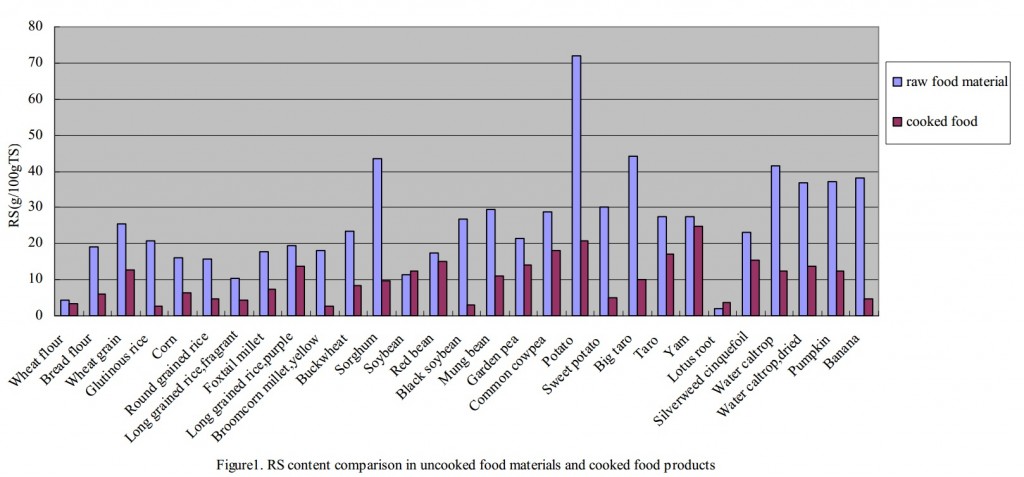
Notes:
- “Interestingly, the researchers observed higher levels of BDNF in the hippocampus of FOS-fed rats than in the brains of either GOS-fed rats or controls. They also saw effects on NMDA receptors (specifically NR1 and NR2A) in both the frontal cortex and the hippocampus of treated rats.” (source)
- Bergamot Peel/ oligosaccharides (BOS) proved superior to inulin in promoting bifido and lactobacilli growth in this study
- According to this study Glucomannan hydrolysate (GMH) proved superior to Inulin in supporting LABs to inhibit Candida growth
- Another study showing GMH superior to Inulin in terms of culturing friendly bacteria
- B.Subtillis has a better synergistic effect with glucomannan than FOS; however degree of hydroylsation has an effect on how prebiotic Konjac flour can be according to this study and this study
- Gut microbiome & short-chain fatty acids: resistant starch vs. prebiotics & Animal fibre posts by Bill Lagakos
- “A fructan called neokestose, found in onion, is reported to have even better ability than inulin to promote the growth of lactic acid bacteria (LAB).” (source)
- Improved survival of Lactobacillus paracasei NFBC 338 in spray-dried powders containing gum acacia (source)
- Acacia Gum is a Bifidogenic Dietary Fibre with High Digestive Tolerance in Healthy Humans (source)
Glyconutirent Sources:
http://www.glyconutrientsreference.com/whatareglyconutrients/naturalsourcesofglyconutrients/
There are also glyconutrients mixes available, such as this one:
1) Fenugreek – Rich source of mannose, galactose.
(2) Shark Cartilage – Rich source of N-acetylglucosamine & N-acetylgalactosamine
(3) Tragacanth gum (gum from astragalus) – Rich source of galactose, arabinose, xylose, fucose, rhamnose and galcturonic acid.
(4) Acacia Gum – Rich source of arabinogalactan, galactose, rhamnose, arabinose and glucuronic acid.
(5) Kelp – Rich source of Fucose, xylose, mannose, galactose and glucose.
(6) Guar Gum – Rich source of mannose, galactose.
(7) Echinacea Powder – Rich source of arabinogalactan, galactose.
(8) Aloe Vera inner leaf freeze dried powder – Rich source of Mannose, galactose and arabinose
http://www.custommedicine.com.au/shop/products/Glyconutrient-Food-Supplement-120g.html
(source)
“Turns out that fucose is not that easy to find in Nature or the diet. There is a bit of it in Brewer’s yeast and certain mushrooms, but by far the greatest concentration is found in seaweeds, in particular the brown seaweeds such as bladderwrack (Fucus vesiculosis) and kelps of the genus Laminaria.” (source) (original source)
“Truth is, we aren’t so much after fucose per se as we are fucosylated glycans (i.e. proteins, lipids with fucose molecules). Bacteria metabolize glycans (virtually all prebiotics are glycans), which is helpful because the glycosidic bonds that link these sugars to various molecules are indigestible to us (as they should be if we want our flora to access them).
So, bacteria forage on these glycans and they metabolize them into various things for us. And that way the gut bugs can help us both to exploit fucosylated glycans from plants and add it to the mucosa. It needs the adult flora to do that.
Just having fucose in the gut doesn’t necessarily mean it will get added to the gut mucosa.” (source)
Reishi is a good source of fucose
Wilbur:
“My main ones are: inulin, potato starch, ground flaxseed, glucomannan, FOS, yacon root powder, amla powder, baobab powder, and arabinogalactan. These are the ones I take every day. I sometimes add acacia powder, psyllium husk (not often), Cocoa nib, dandelion root, or chicory, the last two in coffee or tea.”
“Every day, I take 3+ Tbsp of Potato Starch, but also Flaxseed, Inulin, FOS, Baobab, Larch Arabinogalactan, Beta Glucan, Chitosan, Amla, Yacon Root Powder, Glucomannan, Psyllium (I poo poo’ed this in the past, but reconsidered my stance), Guar Gum, and a bunch I’d have to write down. Plus some I take occasionally, like Wheat Grass and Hemp Seed Powder. Every fiber I take has a story, and I favor the ones that seem most beneficial to me. But the goal is always to improve my gut.”
Probiotics
Distribution in the gut:
While there are many bacteria that have benefits for one reason or another these ones specifically are singled out for their remarkable properties in conjunction with RS. B.Infantis which is likely the primary bacteria responsible for Serotonin production is not found in 90% of probiotics on the market. This is why doing your research is important before buying probiotics.
- Bifidobacterium infantis – implicated in the serotonin production pathway, has anti-depressant like effects and improves motivation. Also rated the top bacteria in a comparison study with 9 others from VSL#3 in terms of reducing gut permeability.
- Lactobacillus brevis and Bifidobacterium dentium – best GABA producers (reference) B.Brevis is rated 2nd in terms of reducing gut permeability in a 9-species comparison.
- Lactobacillus Plantarum – strong imuno-modulation tendencies; may also cure eczema (reference) Rated 3rd in reducing gut permeability compared to 9 other species. 1st in reducing soy allergy in this study.
- Bifidobacterium bifidus – known to be good at displacing the bad guys
- Lactobacillus rhamnosus – reduces anxiety and OCD; also makes GABA
- “Roseburia intestinalis” and “Eubacterium rectale” – primary producers of SCFAs
- Clostridium cluster XIVa [Roseburia] and F. prausnitzii
- Bifidobacterium adolescentis – cross-feeders of SCFA producers (reference)
- B. subtilis – makes Vitamin K2 and digests gluten, casein & sourdough. Also 2nd in reducing soy allergy. Jenny McCarthy attributes curing her son of autism partly through the use of Threelac which contains this bacteria. Anecdotally other people have cured their allergies and eczema as well.
- B. licheniformis – “secretes an enzyme called NucB which breaks down biofilms within minutes and exposes the single cell bacteria beneath, theoretically, making them easier to remove from the body or target with antibiotics.” (source)


